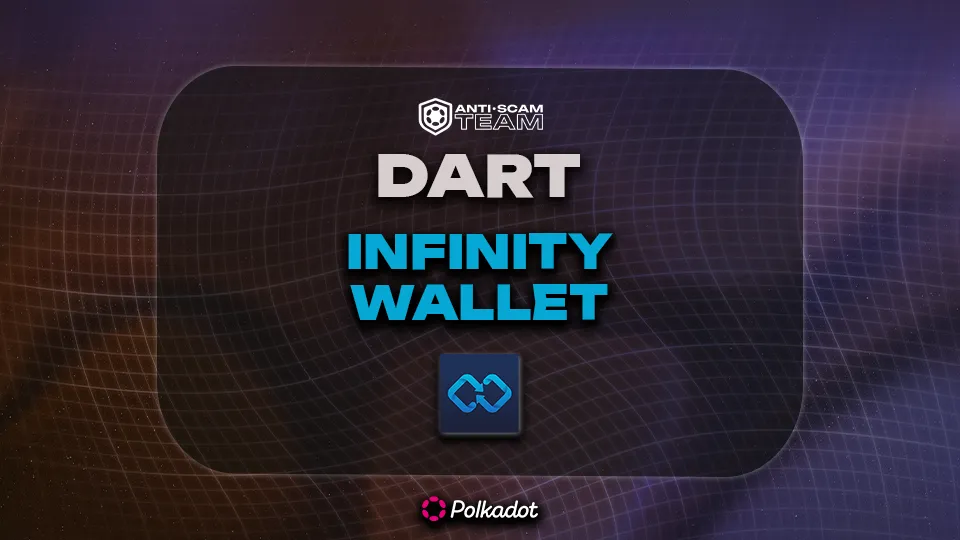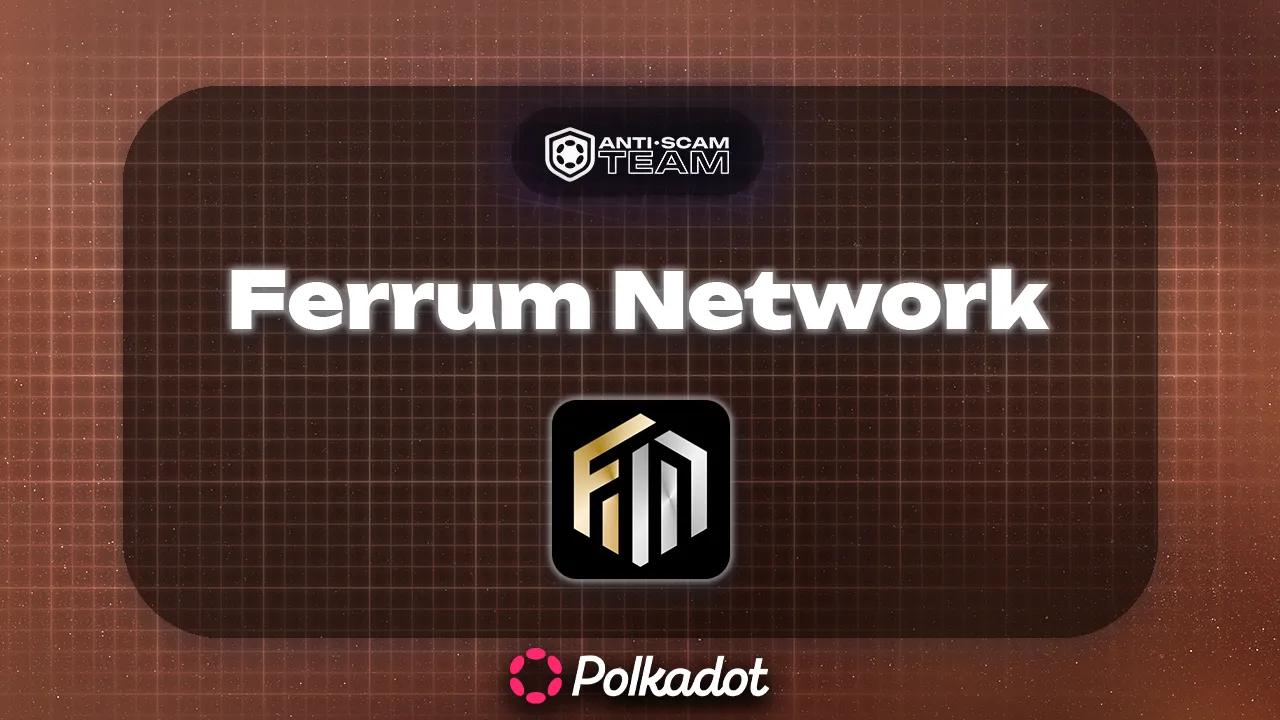Infinity Wallet, a Web3 desktop solution, presents itself as a multi-functional platform combining a non-custodial multi-chain wallet with a Web3 browser. This platform aims to empower users by providing self-custodial control over their digital assets, supporting a wide array of blockchains, and offering access to decentralized finance (DeFi) and Web3 applications. As part of the Digital Assets Risk and Trustworthiness Assessment (DART), this review evaluates Infinity Wallet’s project fundamentals, team, code quality, community engagement, business model, and overall risk rating.
Read the full DART document about Infinity Wallet.
Infinity Wallet Project Overview
Infinity Wallet operates within the Web3 Wallet category, offering a desktop solution designed to eliminate barriers in managing digital assets. It supports over 2,000,000 cryptocurrencies across 21 chains and integrates with 25,000 decentralized applications (DApps). The platform’s features, such as cross-chain transactions, custom token imports, and decentralized payment requests, cater to both novice and advanced users. By consolidating multiple functionalities into a single platform, Infinity Wallet aims to enhance user experience, security, and accessibility.
Infinity Wallet Team and Transparency
The team behind Infinity Wallet is led by Aaron Bailey, the founder, who has nearly a decade of experience in the cryptocurrency and Web3 space. Despite his experience, there is a significant lack of transparency regarding other key team members, particularly Juan Dominguez-Adame, the Chief Technology Officer (CTO). The limited availability of detailed professional profiles and the absence of notable advisors or affiliations raise concerns about the team’s credibility and the project’s overall expertise.
The Discord server reveals additional team members, such as Eztia, Kyan, and Rickycee, but they also lack publicly available information regarding their roles and professional backgrounds. This opacity in team composition hinders the ability to fully assess the team’s capacity to achieve the project’s ambitious goals.
Code Quality and Development
Infinity Wallet maintains an open-source GitHub account with 83 followers and 70 repositories, showcasing ongoing development activity. The repositories primarily utilize TypeScript, JavaScript, and Solidity, indicating a diverse tech stack. However, with only 26 commits between 2020 and 2024, the frequency of updates is relatively low for a project of this scale. The documentation quality is reported as good, which is essential for encouraging community participation and onboarding new contributors. Despite these positives, the lack of detailed information regarding pull requests and contributor activity limits a deeper understanding of the project’s development practices.
Community and Social Media Engagement
Infinity Wallet’s community engagement varies significantly across different platforms. On X (formerly Twitter), the platform boasts over 47,000 followers, but engagement metrics, such as comments, likes, and reposts, are notably low. This discrepancy raises questions about the authenticity of the follower base and the effectiveness of their content strategy.
Conversely, the Discord community of over 6,000 members exhibits good interaction, with prompt and helpful responses from admins. However, the presence of numerous scam reports within the community highlights potential security vulnerabilities that could undermine user trust. Other social media platforms, including Instagram, YouTube, Reddit, and LinkedIn, show similarly low engagement levels, suggesting inconsistencies in community management and content outreach.
Business Model and Market Positioning
Infinity Wallet operates on a non-custodial model, granting users full control over their digital assets, which is a critical feature for security-conscious users in the crypto space. By supporting multiple blockchains and offering a comprehensive suite of features, the platform positions itself as a scalable and user-centric solution in the expanding DeFi ecosystem.
The wallet’s ability to integrate with various DApps and provide cross-chain functionalities enhances its appeal to a broad user base. Additionally, the emphasis on privacy, security, and user autonomy aligns well with current market demands. However, the success of the business model will depend on the platform’s ability to maintain user trust, improve transparency, and continue evolving its feature set in response to community feedback.
Conclusion and Risk Assessment
Infinity Wallet demonstrates significant potential through its robust feature set, multi-chain support, and focus on security and privacy. The platform’s non-custodial nature and comprehensive functionalities position it well within the growing DeFi market. Strategic partnerships with prominent entities such as WalletConnect, Trezor, and OpenSea further bolster its credibility.
However, the project’s overall transparency, particularly regarding the team’s qualifications and the low engagement across social media platforms, presents notable concerns. The presence of scam reports on Discord and the relatively low GitHub activity also raise questions about the platform’s ability to sustain long-term growth and maintain user trust.
Based on these factors, Infinity Wallet falls into the Moderate Risk category. While the project shows promise, particularly in its technical offerings and strategic partnerships, potential investors and users should approach with caution. Enhancing team transparency, improving community engagement, and addressing security concerns will be critical for Infinity Wallet to achieve its ambitious goals and solidify its position in the competitive Web3 space.
Final Score: Moderate Risk
This assessment reflects the project’s strengths and areas for improvement as of Q3 2024. Users and investors are encouraged to conduct thorough due diligence and stay informed of any developments in the project.
For more details, read the full DART document for Infinity Wallet.




